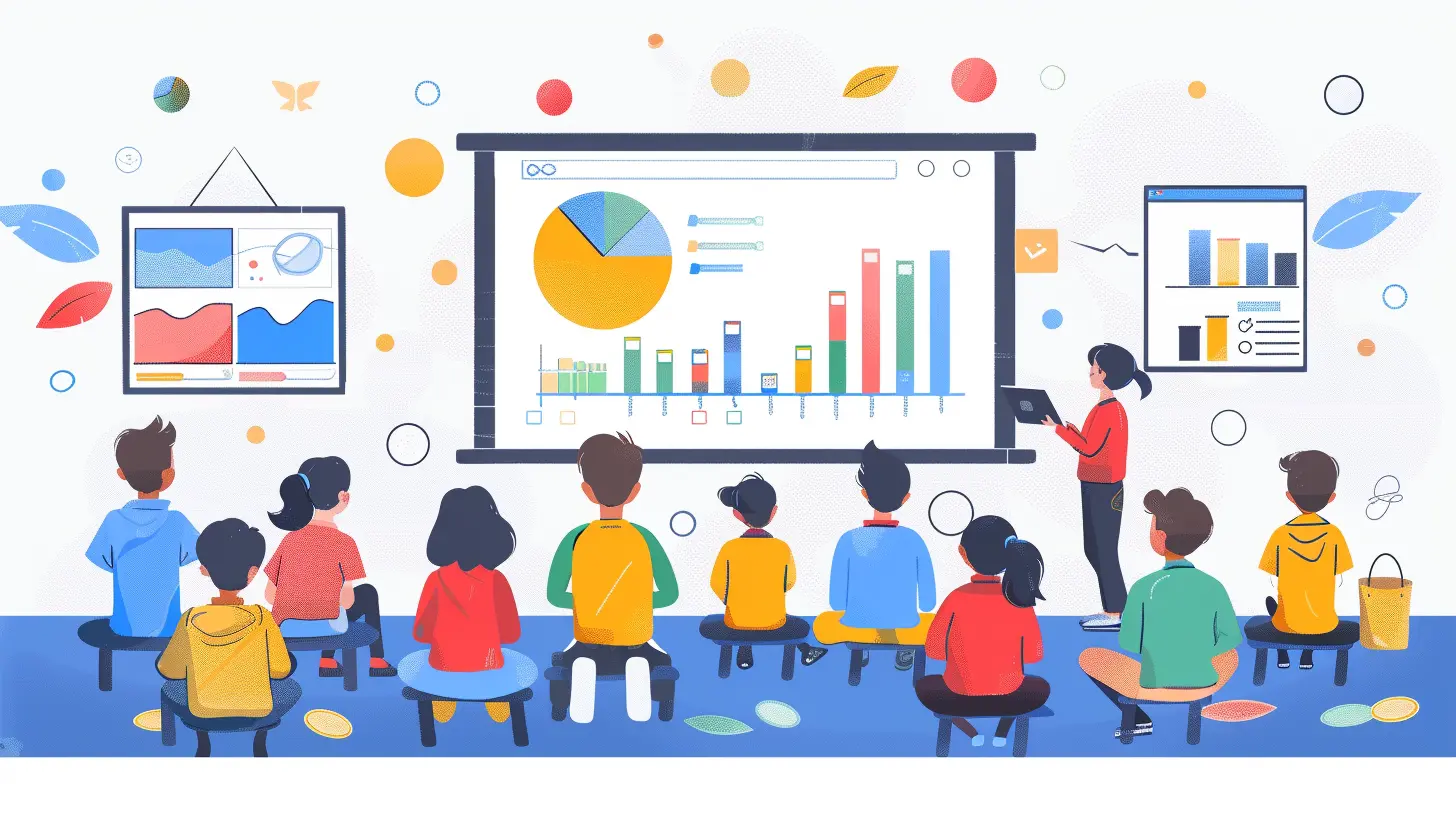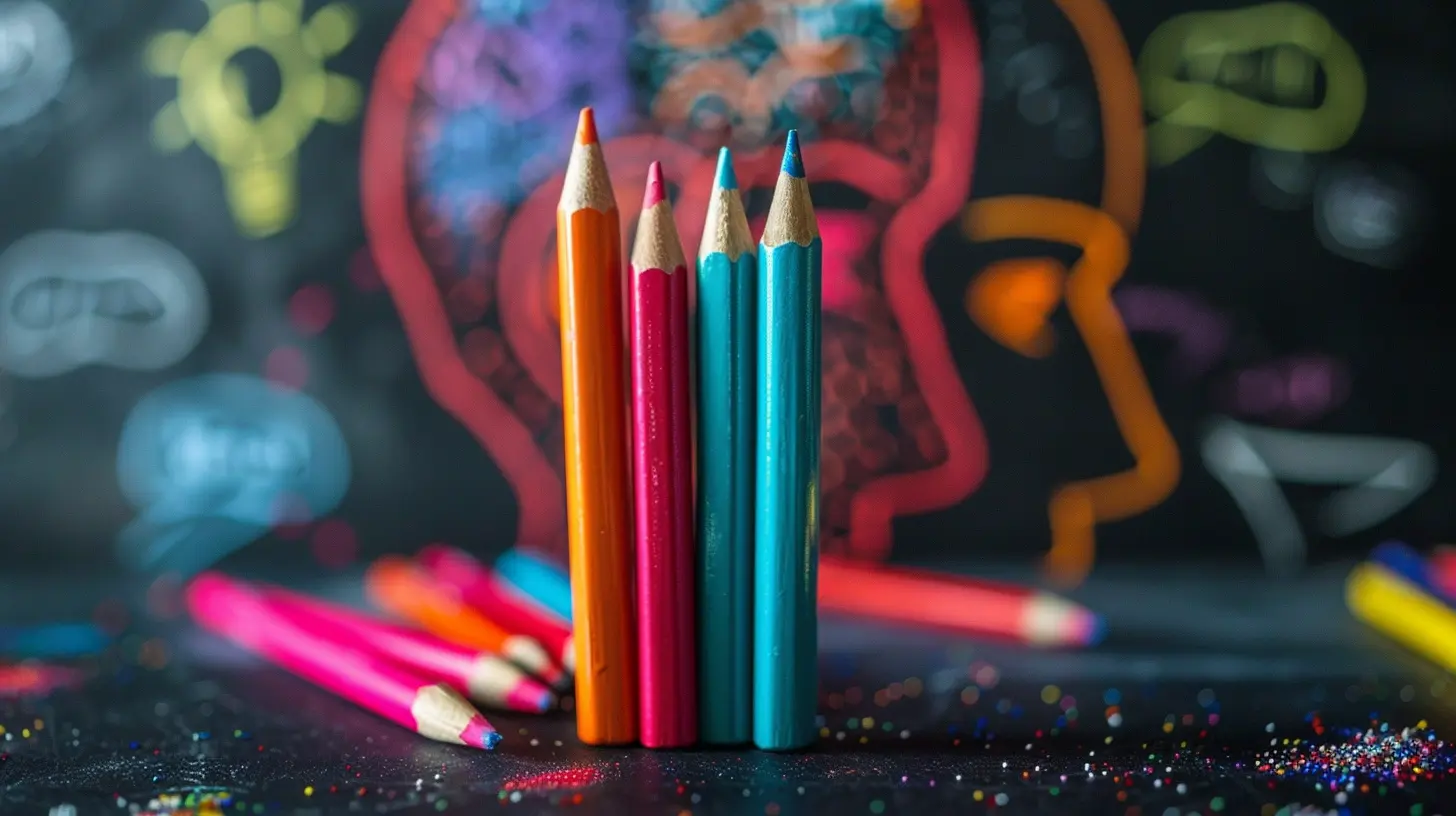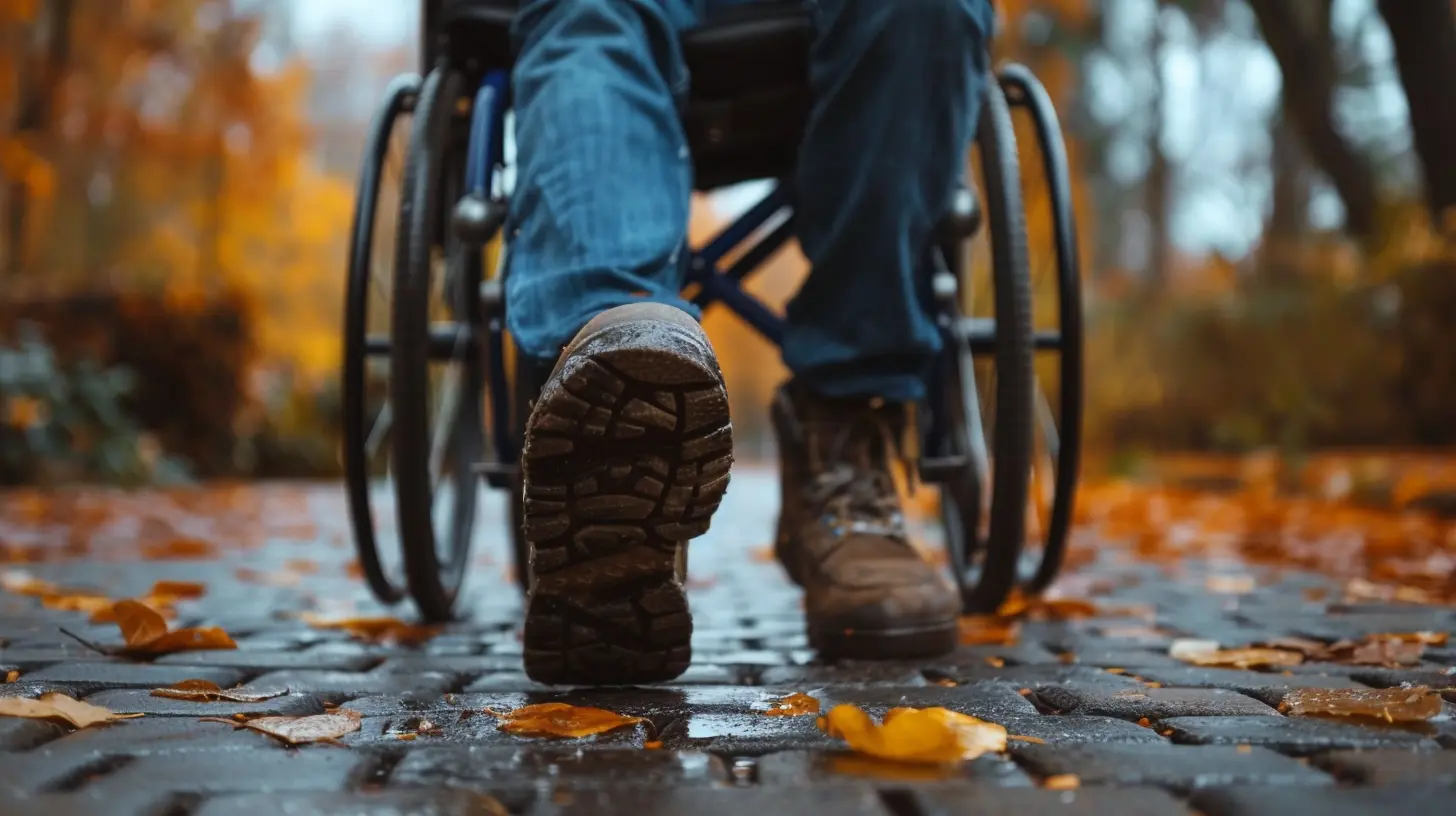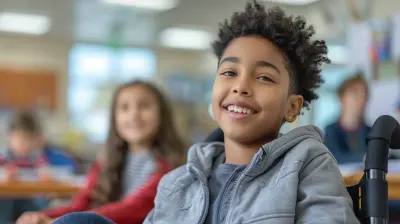Strategies for Supporting Students with Learning Disabilities in the Classroom
25 October 2025
Supporting students with learning disabilities in the classroom isn’t just about following protocols or ticking off boxes. It’s about creating a space where every student feels seen, heard, and understood. And yeah, sometimes that means getting creative, being patient, and thinking outside the box.
In this post, we’re going to dive deep into practical, real-world strategies that can make a difference. Whether you’re a teacher, parent, or school administrator, you’ll walk away with new tools to add to your belt.
Let’s break it down together.
What Are Learning Disabilities, Really?
Before we start throwing solutions around, let’s make sure we’re all on the same page.A learning disability isn’t about intelligence. It’s a processing disorder that affects how a person receives, processes, or expresses information. So while a child might appear unmotivated or slow, that’s far from the truth. Their brain just works differently.
Common learning disabilities include:
- Dyslexia – trouble with reading or interpreting words.
- Dyscalculia – difficulty understanding numbers or math concepts.
- Dysgraphia – challenges with writing, spelling, and motor skills.
- Auditory Processing Disorder – issues with processing sounds and language.
- Nonverbal Learning Disorder – difficulty with visual-spatial skills and social cues.
The key takeaway? These kids are not lazy or incapable. They need a different kind of support—and that’s where we come in.
Why Classroom Support Matters So Much
Imagine going to work every day and being asked to complete tasks you aren't equipped or trained to do… and then being told you're not trying hard enough. That’s often the reality for students with learning disabilities.But with the right support?
- Confidence grows.
- Academic performance improves.
- Behavior issues decrease.
- Inclusion becomes a reality, not just a buzzword.
Your classroom isn’t just a room—it’s a launchpad. Let’s talk about how to make it work for every student.
1. Start with Understanding and Empathy
Let’s face it—kids can spot authenticity from a mile away.If they know you genuinely care and understand their struggles, they’re more likely to engage. Take the time to learn about their specific disability, and talk to them about it. Ask them what works and what doesn't.
🌟 Pro Tip: Build trust first. A student who trusts you is more willing to try, even if it’s hard. Think of yourself as their learning partner, not just their teacher.
2. Personalized Instruction: One Size Doesn’t Fit All
Universal design in education is great in theory—but in practice? It needs tailoring. Students with learning disabilities often need instruction that fits their learning styles:- Visual learners might benefit from charts, diagrams, and color coding.
- Auditory learners process better through discussions, songs, and verbal instructions.
- Kinesthetic learners need hands-on experiences and movement.
Try mixing up your teaching styles. Think of it like cooking—sometimes, you need a dash of this and a sprinkle of that to get the flavor just right.
3. Use Multi-Sensory Teaching Techniques
You know how we all remember things better when multiple senses are involved? Same goes for students with learning disabilities.Multi-sensory instruction means engaging more than one sense at a time. For example:
- Use sandpaper letters for spelling practice.
- Let students draw out math problems with colored markers.
- Read text aloud while projecting it on the screen.
- Incorporate movement into word games or vocabulary drills.
It’s not just fun—it works. And it gives your students multiple pathways to learning.
4. Break It Down — Chunking Is Your New Best Friend
Ever looked at a giant jigsaw puzzle and immediately felt overwhelmed? That’s how some students feel when handed a full lesson or assignment.Chunking is the method of breaking down information into smaller, manageable parts.
Instead of saying, “Write an essay about climate change,” say:
1. Pick a specific topic within climate change.
2. Research three key points.
3. Write an introduction with your main idea.
4. Build your paragraphs one at a time.
See what we did there? Same assignment, way less overwhelming.
5. Incorporate Assistive Technology
Tech isn’t just for playing games and watching videos. For students with learning disabilities, the right tools can be game-changers. Here are a few worth exploring:- Text-to-speech software (like NaturalReader or Read&Write)
- Speech-to-text tools for writing (Google Docs has this feature!)
- Audiobooks for students who struggle with reading
- Graphic organizing software (like MindMeister or Inspiration)
Using these tools isn’t “cheating”—it’s leveling the playing field.
6. Clear Instructions with Visual Supports
Sometimes, students with learning disabilities struggle with processing spoken instructions. You say it once, and they forget. You say it twice, and they're still lost.Here’s the fix:
- Write directions on the board.
- Use pictures or symbols to reinforce them.
- Go over instructions step by step—and don’t rush it.
Bonus tip: Have students repeat instructions back to you. It gives them a moment to process and confirms they’ve got it.
7. Flexible Assessments and Deadlines
Assessments aren’t just about what students know—they’re also about how they can show it.So, let’s rethink traditional tests. Some students may shine brighter with:
- Oral presentations
- Multiple-choice over essay
- Visual projects
- Extra time
The goal is to measure understanding, not stamina or handwriting speed. Flexibility doesn’t lower the bar—it opens the door.
8. Positive Reinforcement and Celebrating Small Wins
Let’s be real—motivation can tank when you constantly feel like you’re not measuring up. That’s why celebrating progress is crucial.Even small victories count:
- Finished a paragraph? High-five.
- Spelled three new words correctly today? Sticker time.
- Asked for help instead of giving up? That’s courage.
When you spotlight effort, you build momentum. And momentum creates motivation.
9. Set Up Predictable Routines and Structures
Students with learning disabilities often thrive on consistency. A structured environment reduces anxiety and helps them focus.Try to keep:
- Clear daily schedules
- Consistent classroom rules
- Predictable transitions
Use visual schedules or reminders when things change. Think of it like GPS—students feel safer when they know where they’re headed.
10. Collaborative Teaching and Support Staff
Don’t go it alone. Collaborate with:- Special education teachers
- Speech-language pathologists
- Occupational therapists
- Classroom aides
They can offer insights, tools, and methods you may not have considered. And when everyone’s on the same page, the student gets a much stronger support net.
Remember: Teamwork makes the dream work.
11. Build Social-Emotional Skills—Because Learning Isn’t Just Academic
Many students with learning disabilities struggle socially, too. That’s why fostering emotional intelligence is just as important as teaching math or reading.- Teach conflict resolution
- Practice empathy in class discussions
- Role-play social situations
- Use peer mentoring programs
Creating a safe space emotionally is just as vital as making it academic-friendly.
12. Communicate with Parents Consistently
Teachers and parents? They’re partners, not random strangers running parallel tracks.Make communication regular and open. Not just when there’s a problem, but when there’s progress, too.
- Use communication apps (like ClassDojo or Remind)
- Share wins, big and small
- Ask parents what works at home
They know their child better than anyone. Tap into that resource.
13. Keep Learning and Adapting
The truth is, no one has this all figured out. Education is constantly evolving, and so are the needs of your students.Stay curious.
- Attend workshops
- Read up on new strategies
- Talk to your peers
- Reflect on what’s working—and what’s not
Flexibility is your secret weapon.
Final Thoughts: Small Changes, Big Impact
Supporting students with learning disabilities doesn’t require a complete classroom overhaul. Often, it starts with mindset shifts and small, intentional adjustments.It’s about giving every student the tools they need to navigate their learning journey—not on your terms, but on theirs.
Remember, every child has potential—and with support, that potential can turn into something incredible.
So next time you look around your classroom, ask yourself:
> “Who still needs a bridge to get to where they’re going—and how can I help build it?”
Because that’s the heart of great teaching.
all images in this post were generated using AI tools
Category:
Special EducationAuthor:

Anita Harmon

